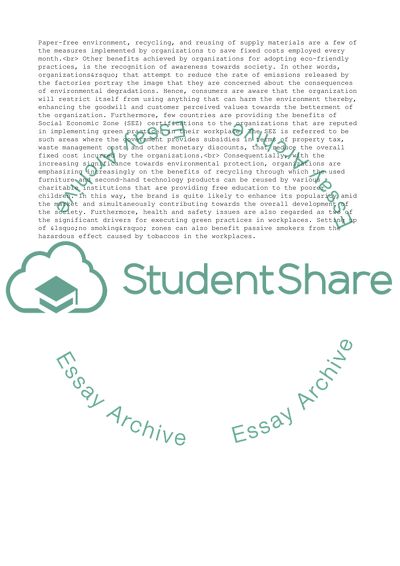Cite this document
(Management Practices and Business Sustainability Assignment, n.d.)
Management Practices and Business Sustainability Assignment. Retrieved from https://studentshare.org/management/1599942-prepare-exam-paper
Management Practices and Business Sustainability Assignment. Retrieved from https://studentshare.org/management/1599942-prepare-exam-paper
(Management Practices and Business Sustainability Assignment)
Management Practices and Business Sustainability Assignment. https://studentshare.org/management/1599942-prepare-exam-paper.
Management Practices and Business Sustainability Assignment. https://studentshare.org/management/1599942-prepare-exam-paper.
“Management Practices and Business Sustainability Assignment”, n.d. https://studentshare.org/management/1599942-prepare-exam-paper.


